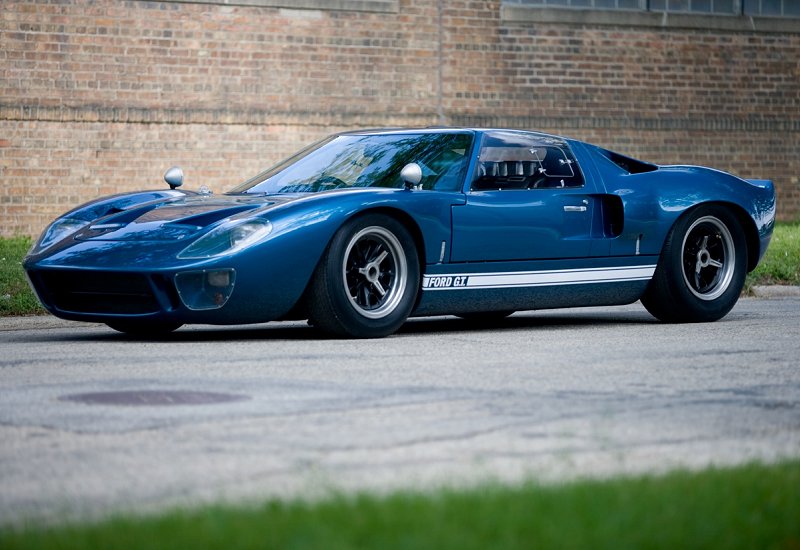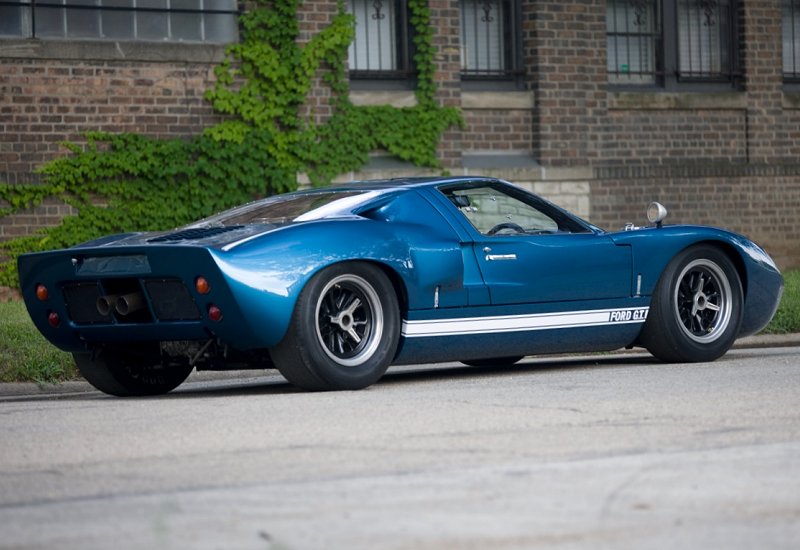Description
The Ford GT40 Mk I Street was a remarkable attempt to translate one of the most dominant endurance race cars of the 1960s into a road-going supercar. Born from Ford’s ambition to beat Ferrari at Le Mans, the GT40 project produced an iconic machine that won the 24 Hours of Le Mans four times in succession between 1966 and 1969. The Mk I, with its clean lines and distinctive low-slung silhouette, became the basis for the limited street versions that allowed Ford to homologate the car for competition while also offering a handful of fortunate buyers the chance to own a piece of racing history for the road.
From the outside, the GT40 Mk I Street was nearly identical to its racing counterpart. Its name came from its incredibly low height—just 40 inches at the roofline—which gave it a dramatic, almost otherworldly stance. The fiberglass and aluminum bodywork was sleek and purposeful, featuring wide wheel arches, a long tail, and large air intakes to feed the mid-mounted engine. While the race cars often wore bold liveries and sponsor decals, the street versions were typically finished in more subdued colors, though their exotic appearance ensured they stood out wherever they went. Details like smoother trim, conventional lighting, and slightly less aggressive aerodynamic touches distinguished them from their racing siblings.
Inside, the GT40 Mk I Street was stripped down compared to typical road cars but offered more civility than the spartan racers. The cabin remained compact, with deep bucket seats, wide sills, and the hallmark roof “bubbles” to provide headroom for helmeted drivers. The dashboard carried simple but functional instrumentation, with a speedometer and odometer added alongside the racing-style gauges. Leather upholstery, carpeting, and door trim gave the interior a more refined feel, though it was still closer to a race car cockpit than a grand tourer.
Powering the GT40 Mk I Street was Ford’s 289 cubic inch (4.7-liter) V8, derived from the same engines used in the competition cars. In street tune, it produced around 335 to 380 horsepower, depending on specification, paired with a ZF five-speed manual transaxle. This setup provided blistering performance for the era, with a top speed approaching 170 mph and acceleration that rivaled the fastest sports cars of the 1960s. Despite the detuned setup, the engine retained the raw character and thrilling soundtrack of its racing counterpart, making the car as exciting to drive on the street as it was competitive on the track.
On the road, the GT40 Mk I Street was both exhilarating and demanding. Its lightweight chassis and mid-engine layout gave it razor-sharp handling, while the powerful V8 provided relentless acceleration. However, the low seating position, limited visibility, and heavy controls made it a challenging car for everyday use. It was a machine that demanded skill and respect, rewarding confident drivers with performance that few other road cars of the time could match.
Only a small number of GT40 Mk I Street cars were ever built—fewer than 30 are believed to have been produced—making them extraordinarily rare today. These cars were often purchased by wealthy enthusiasts and collectors who wanted not just a road car, but essentially a detuned endurance racer they could legally drive on public roads.
Today, the Ford GT40 Mk I Street is one of the most coveted collector cars in the world. Its combination of Le Mans pedigree, breathtaking design, and rarity ensures it a place among the most significant sports cars ever built. Owning one represents a direct link to one of racing’s greatest stories, when Ford took on Ferrari at Le Mans and won, creating an enduring legend in both motorsport and automotive history.

